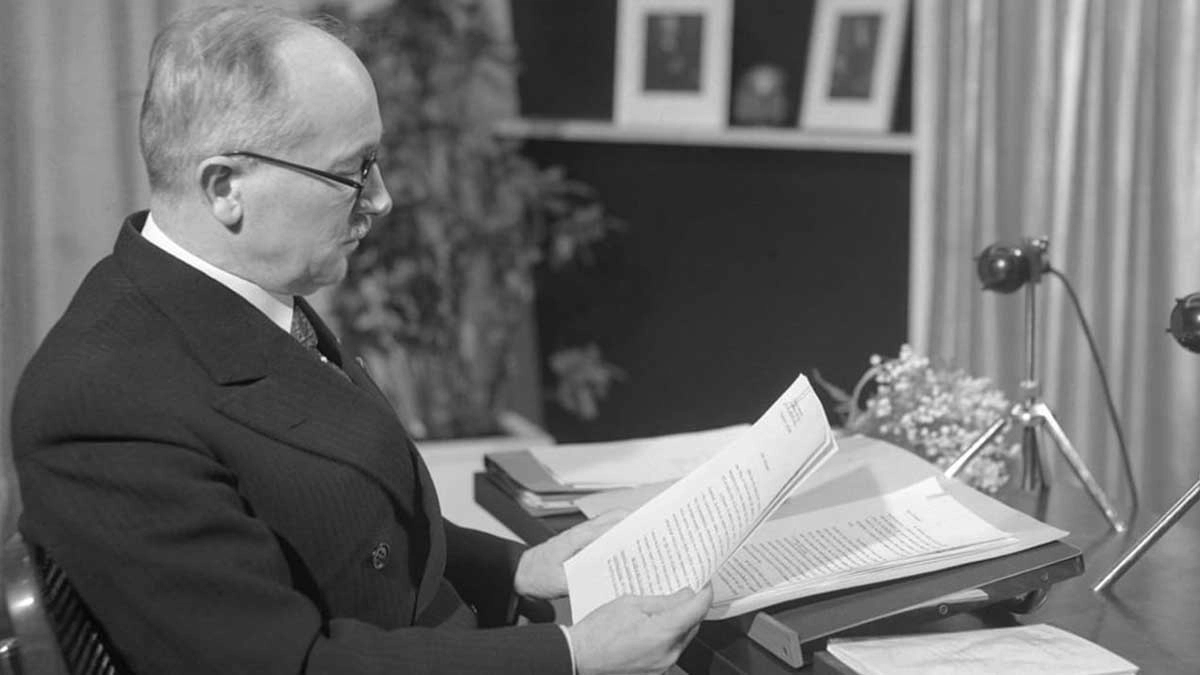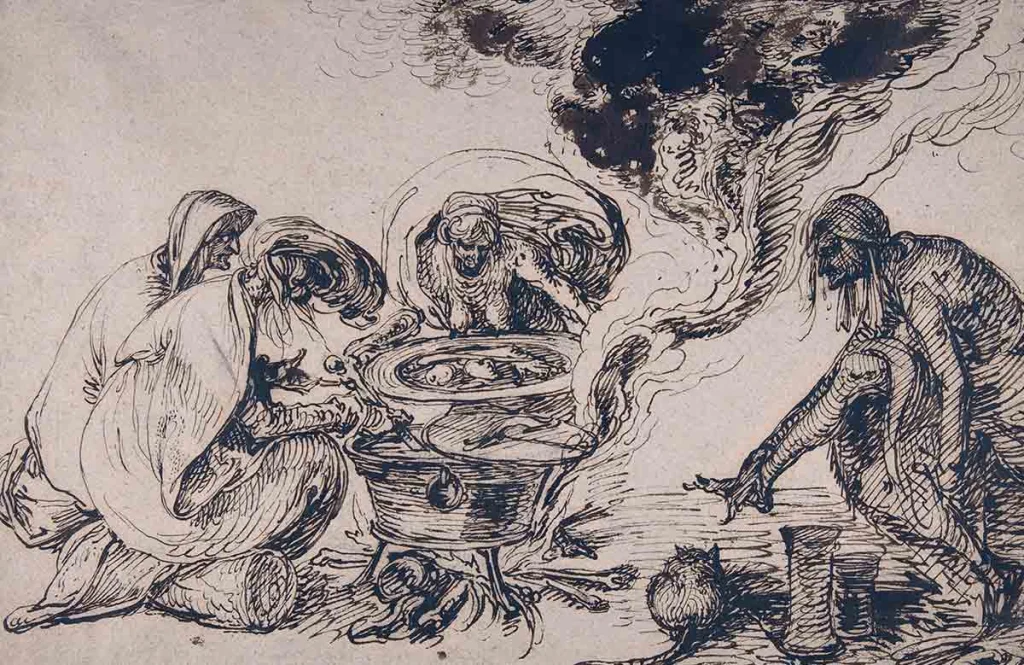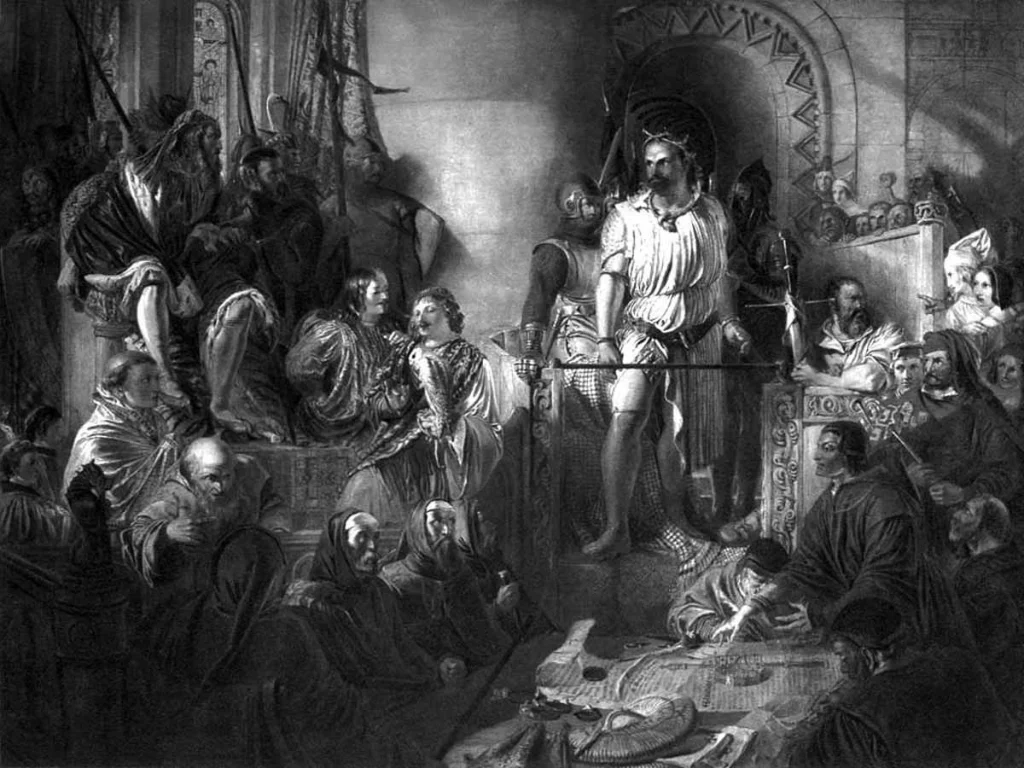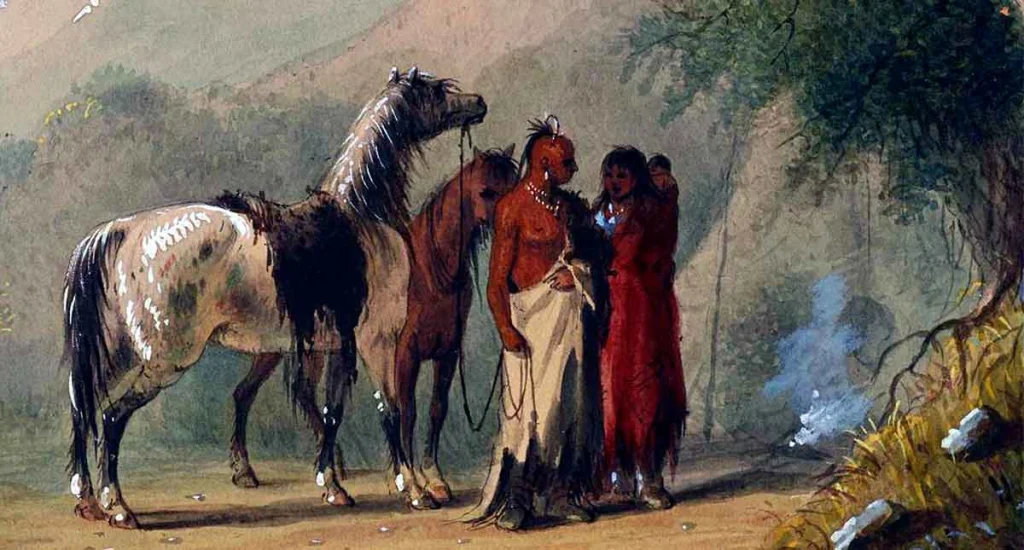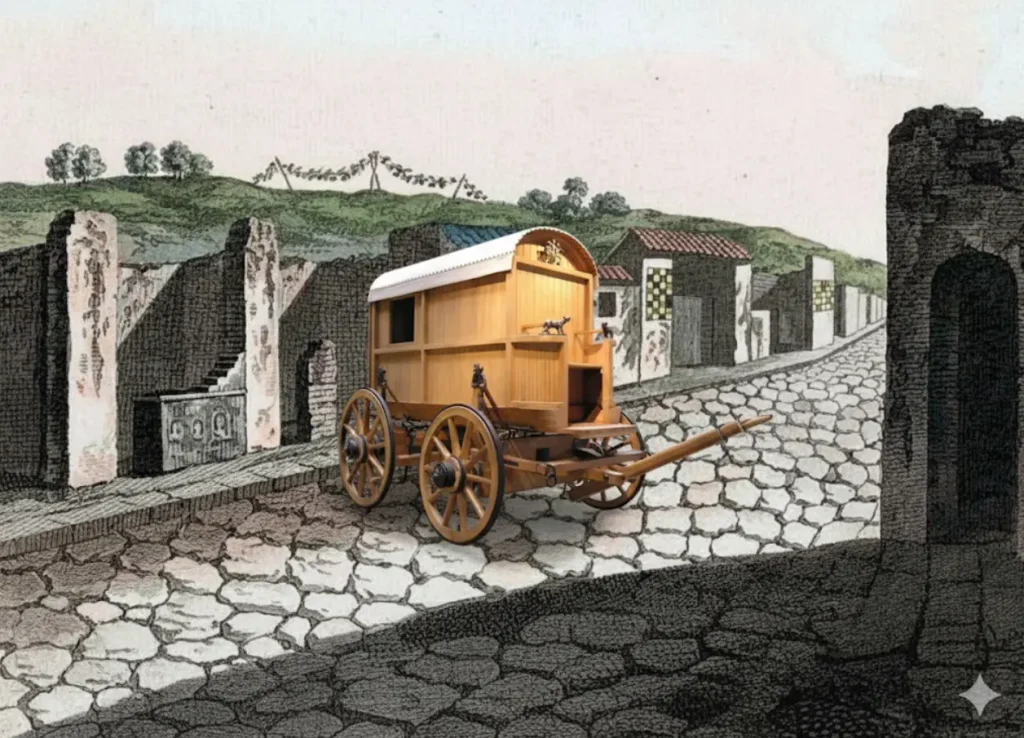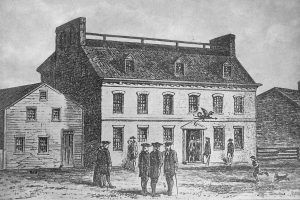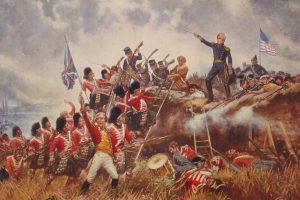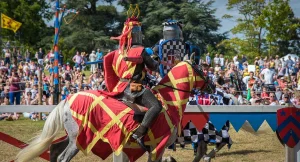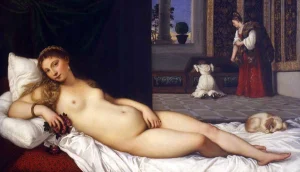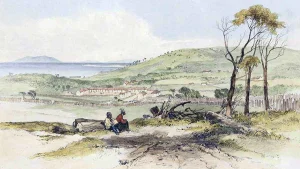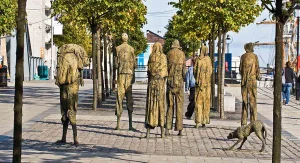Short answer: In 1918, as the Austro-Hungarian Empire collapsed at the end of World War I, Czech and Slovak leaders declared a new, shared state—Czechoslovakia. They won support from the Allies, built a democratic government, defended their borders, and made the country work for decades. Later came Nazi occupation, then communism, and finally a peaceful split in 1992–93.
Life Before Independence
For centuries, Czechs and Slovaks lived inside the Habsburg realm, ruled from Vienna (Austrians) and Budapest (Hungarians).
- Czechs mostly lived in Bohemia and Moravia. They spoke a Slavic language but shared towns with a strong German-speaking elite that pushed German culture and language. Prague was the center of these tensions.
- Slovaks lived under Hungarian rule in areas like Upper Hungary and the Carpathians. Hungarian leaders pushed “Magyarization,” trying to make Slovaks adopt Hungarian language and identity. Many Slovaks resisted and held on to their language, churches, and local customs.
By the late 1800s, national movements had grown. Czechs and Slovaks wanted more than local rights—they wanted real autonomy, maybe even a state of their own.
Three Leaders With One Goal
Three men became the face of the independence movement:
- Tomáš Garrigue Masaryk — a professor, lawyer, and politician with Czech and Slovak roots. He was independent-minded and willing to challenge the powerful, even defending minorities in court. When World War I began, he left the empire to fight for independence from abroad.
- Edvard Beneš — from a poor Bohemian family, educated in Prague and Paris. He organized networks at home (nicknamed the “Maffia”) and later worked in exile with Masaryk to win Allied support.
- Milan Rastislav Štefánik — a Slovak astronomer who became a French citizen before the war. He believed Czechs and Slovaks were one nation and used his French ties to help the cause. He later served as the first minister of war of the new state.
Together, they imagined a country where Czechs and Slovaks would be equal partners.
World War I Changes Everything
When war broke out in 1914, the empire forced Czechs and Slovaks into its army. Many felt little loyalty to the war’s goals, especially when sent to fight fellow Slavs in Russia and Serbia. Families suffered from taxes, shortages, and loss of life. Desertions and mutinies grew.
Outside the empire, exiles worked on a different plan: help the Allies and win a promise of independence in return. Štefánik joined the French army as a pilot. Beneš built diplomatic support. Masaryk argued that the old, multinational empires were failing and that peoples like the Czechs and Slovaks deserved self-determination.
The Czechoslovak Legion
The most dramatic symbol of the cause was the Czechoslovak Legion—units of Czech and Slovak soldiers who fought with the Allies.
- In Russia: Prisoners of war and volunteers formed legion units. They earned a strong reputation in battle, even as Russia itself fell into revolution in 1917.
- Across Europe: France created Czech-Slovak regiments in 1916; Italy followed in 1918. These units proved that Czechs and Slovaks would fight for their own state.
The Russian story was the wildest. After the Bolsheviks took power, the Legion was promised safe passage east by train to Siberia so they could sail home. Civil war trapped them instead, and they ended up fighting the Bolsheviks along the Trans-Siberian Railway. Many legionnaires did not reach home until 1920—after independence had already been declared.
1918: From Vision to Independence
By 1918, the Austro-Hungarian Empire was cracking under military defeat and internal unrest. The moment had come.
Key steps that year:
- Pittsburgh Agreement (U.S.) — Czech and Slovak representatives agreed to create a joint, independent state with fair rights for both peoples.
- Washington Declaration (Oct 18) — Masaryk and the Council formally announced independence to the world, in line with U.S. President Woodrow Wilson’s idea of self-determination.
- October 28, 1918 (Prague) — Independence became real on the ground. Crowds filled St. Wenceslas Square, ripped down imperial signs, and raised new flags. Austrian officials and troops withdrew. The empire effectively ended weeks later, on November 11.
A witness, Dr. Isidor Zahradník, captured the spirit: “We are breaking our chains forever… We are free!”
Building a State From Scratch
Declaring independence is easy; building a working country is hard. The new Czechoslovakia faced three immediate tasks:
- Win recognition and define borders. At the postwar peace talks, Czechoslovakia gained international recognition and borders in the Treaty of Saint-Germain (1919). The new republic included five main regions: Bohemia, Moravia, Czech Silesia, Slovakia, and Carpathian Ruthenia.
- Defend the map.
- Hungarian threat: A revolutionary Hungary tried to grab Slovak territory. Czechoslovak forces pushed them back.
- German separatism: Some German-speaking groups wanted Bohemia to join a greater German-Austrian state. Police and army stopped the secession.
- Polish dispute: Poland and Czechoslovakia clashed over parts of Silesia. After tension and brief fighting, Prague held key areas.
- Build democratic institutions.
- The country became a multi-party democracy.
- Both Czech and Slovak were official languages.
- The state invested in social services and industry, lifting the economy after wartime hardship.
- Equal rights and voting were granted broadly.
- Masaryk became president, Beneš the foreign minister (later president), and Štefánik the first war minister.
- In 1920, voters chose a parliament from 22 parties—messy but democratic. The system held until 1938.
In short, Czechoslovakia started fast, with solid institutions and real pluralism. It was often praised as one of the most stable and successful new states to emerge from the ruins of World War I.
What Happened Next (The Long View)
- 1938: Nazi Germany forced the annexation of the Sudetenland (a border region with many German speakers).
- 1939–45: German occupation during World War II.
- Post-1945: Independence restored; Edvard Beneš returned as president.
- 1948–1989: A communist regime took power. Democracy ended until the peaceful Velvet Revolution in 1989.
- 1992–93: Czechs and Slovaks separated peacefully in the “Velvet Divorce,” creating today’s Czech Republic and Slovakia.
Why This Story Matters
Czechoslovakia shows how a modern nation can be born:
- Clear, shared purpose: Czechs and Slovaks agreed to build one state and set rules to protect both peoples.
- Smart leadership: Masaryk, Beneš, and Štefánik combined diplomacy, military credibility, and a democratic vision.
- Right timing: The collapse of an empire and an international mood favoring self-determination opened the door.
- Follow-through: They defended borders, built institutions, and delivered rights and prosperity—enough to earn legitimacy at home and abroad.
The country later faced occupation and dictatorship, but its core achievement—uniting two closely related peoples into a functional, democratic state—remains a landmark of 20th-century nation-building.
The Event, In One Straight Line
- For centuries, Czechs and Slovaks lived under Austrian and Hungarian rule.
- National movements grew in the 1800s.
- In World War I, exiles and the Czechoslovak Legion backed the Allies.
- In October 1918, as the empire collapsed, leaders declared independence, and crowds in Prague made it real.
- The new state secured borders, built a democracy, and lasted—despite later foreign occupation and communism—until a peaceful split in 1992–93.
That is how Czechoslovakia became a country—and why its birth is still taught as a success story.

